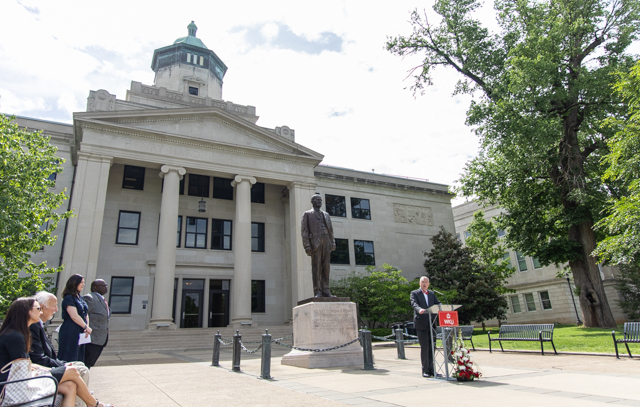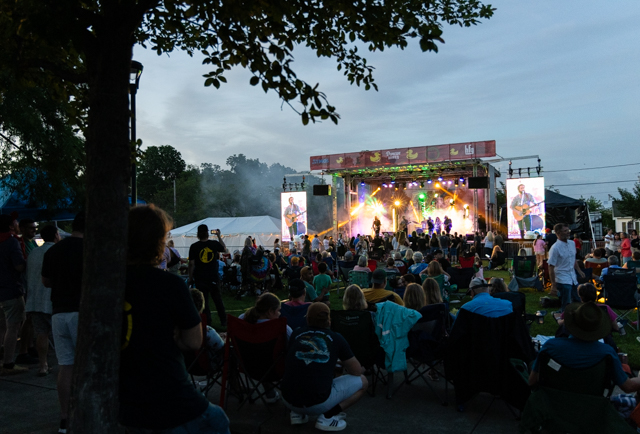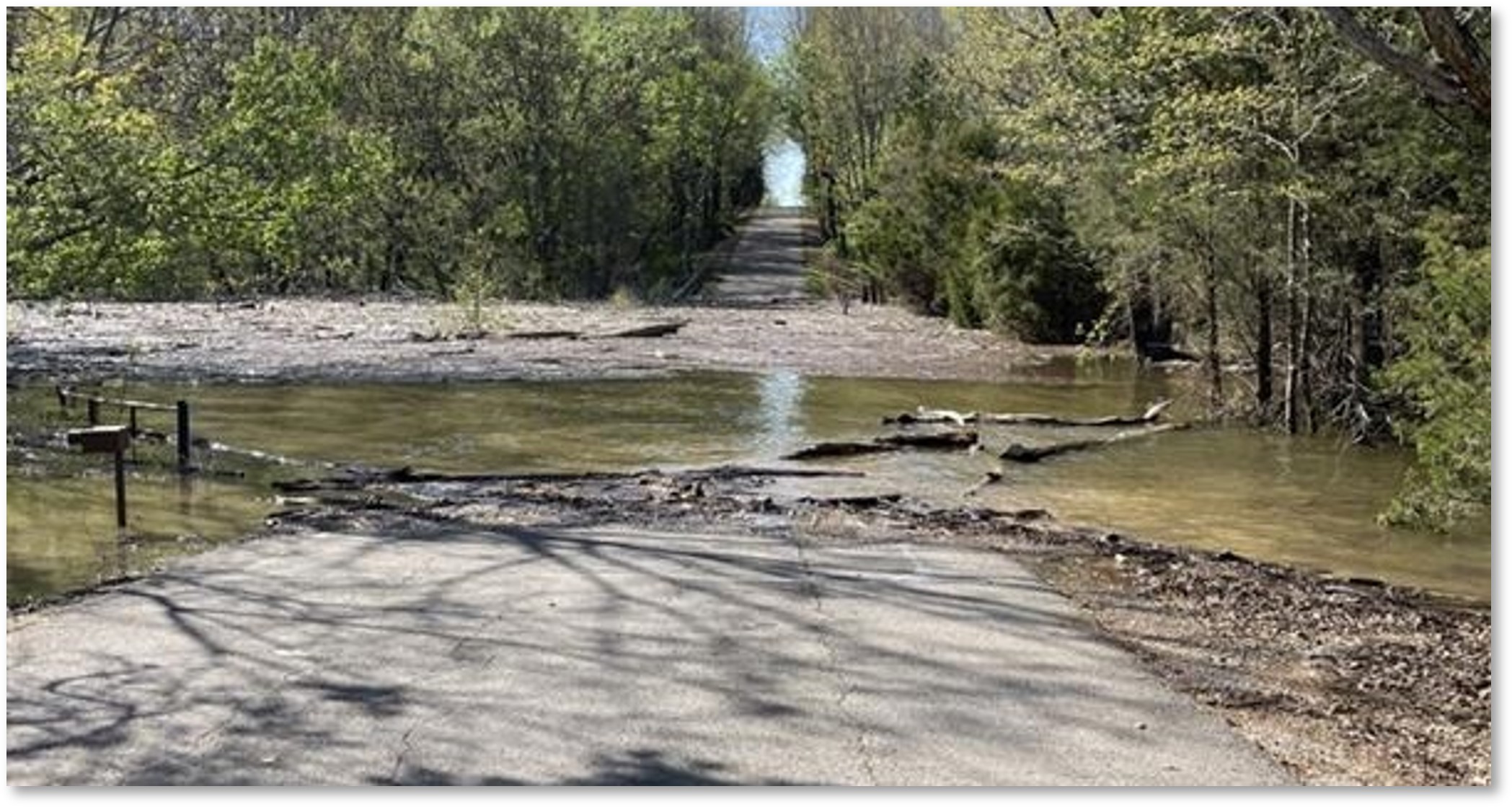Glasgow EPB advisory council looks at potential new rate structure
Published 9:00 am Friday, May 12, 2017
At the first meeting of the Advisory Council to the Glasgow Electric Plant Board, an electrical utility expert helped seven Glasgow citizens find a few pricing structure designs that might be brought to the city’s utility to serve as an alternative to or replacement of its current controversial rate structure.
John Sterling, senior director of advisory services for Smart Electric Power Alliance, in analyzing the meeting after it concluded, said the council’s consensus was that the main problem with Infotricity, the rate Glasgow EPB introduced in January 2016, was the impossibility of determining with certainty when the monthly peak, during which customers are charged more than $10 per kilowatt/hour, will fall.
“The easiest recap is there is a strong desire for more predictability in how rates are being applied,” he said. “Predictability can be done in a lot of different ways and so now the job is to figure out what’s the smartest way to do it.”
During the meeting, Sterling presented the council with numerous ideas for rate structures that are used elsewhere in the country.
The council decided to look more closely at two of them at its next meeting, which is scheduled for June 15. The council’s final meeting is scheduled for June 27.
The two types of rate structures are what Sterling termed a Seasonal Inclining Block rate and a Critical Peak Pricing rate.
A Seasonal Inclining Block rate presents a tiered structure in which residential customers would fall into groups based on the amount of electricity they use, with the amount they pay per kilowatt/hour rising in each succeeding group.
“This is designed so that the more you use, the more you pay,” Sterling said.
Critical Peak Pricing, meanwhile, has been suggested as an alternative to Infotricity before.
Rebecca Goodman, who heads the office of rate intervention within Attorney General Andy Beshear’s office, recommended a CPP rate structure to the Glasgow EPB in September.
The plan Goodman proposed includes a coincident peak charge as well as a limit on the number of coincident peaks that would be used, which Infotricity does not have.
Under a CPP rate, Glasgow EPB would have to provide a definite time and date for when each peak hour would occur, Sterling said.
In March, Glasgow EPB’s board of directors voted to establish an advisory council to work toward finding a rate that’s satisfactory to Glasgow EPB, the EPB’s supplier – Tennessee Valley Authority – and the community at large.
In April, the board approved a measure allowing Smart Electric Power Alliance to choose the council’s roster and oversee its meetings without board approval.
According to Sterling, this was done so the board could facilitate a discussion seeking a solution to the conflict surrounding Infotricity “without them looking like they were driving any particular direction or opinion on this.”
Sherri Myers, a cofounder of Glasgow Citizens Against the New EPB Rate Structure and a member of the council, said she liked both of the structures proposed but is more interested in the plan the AG’s office recommended.
“I feel like the meeting went really well and it’s something that should have happened a year and a half ago,” she said.
At the end of the meeting, Sterling said he would try to get representatives of TVA and Beshear’s office to sit in on the next meeting to provide input and answer questions about implementing both of the rate structures suggested.
“Once we get some more consensus around some concrete ideas, we are going to present those back to EPB,” he said. “I’m optimistic that we’re going to have some suggestions that are worthy of them adopting.”






